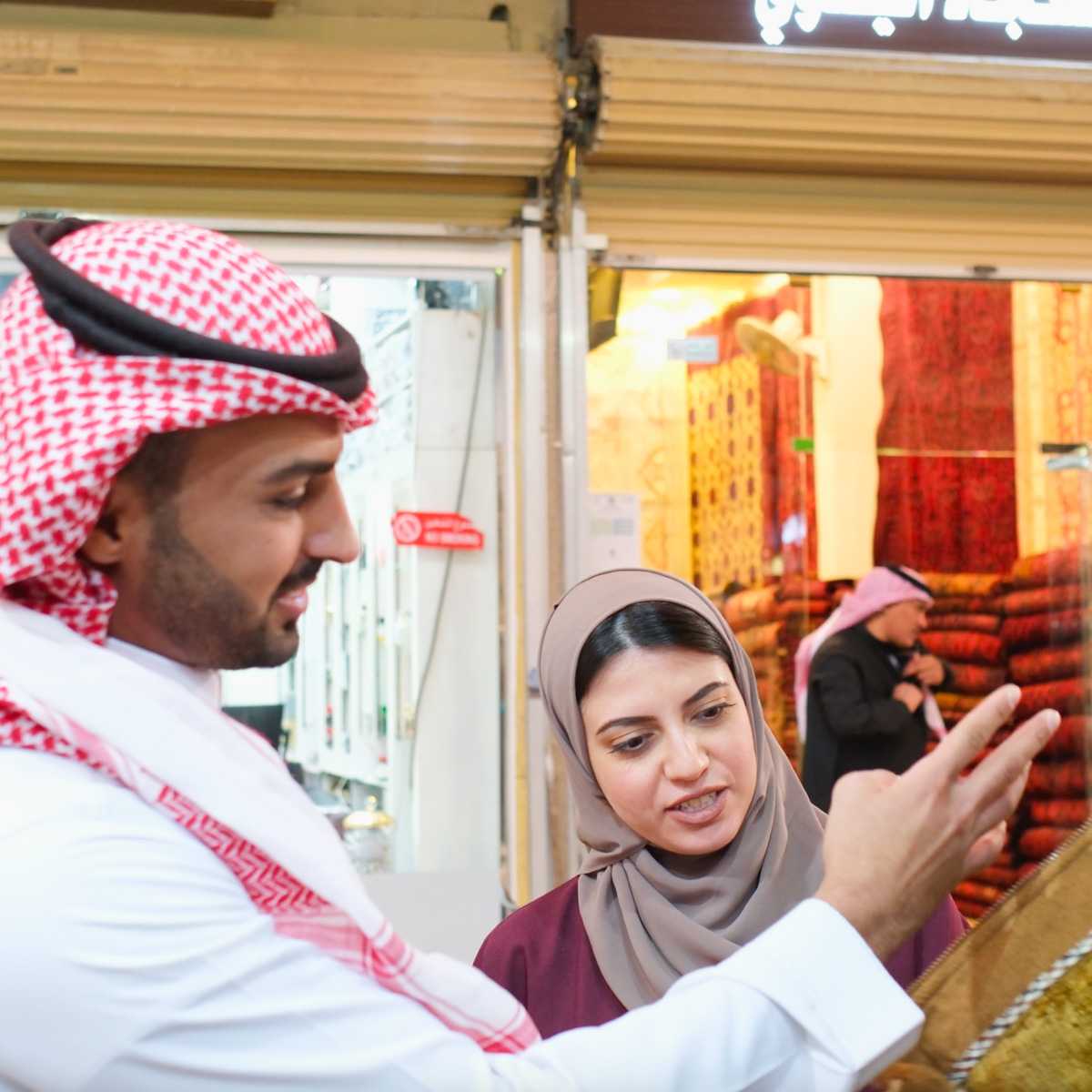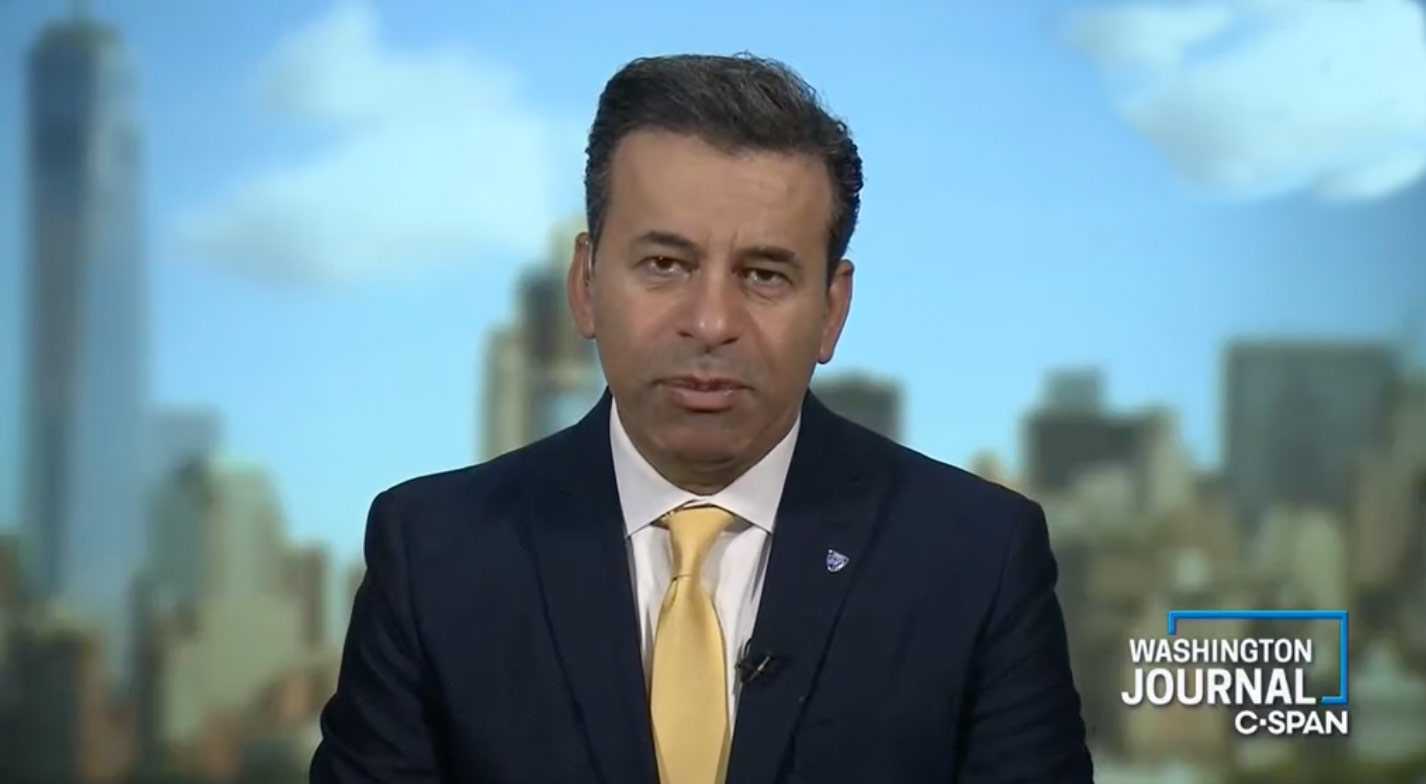

When a luxury fashion house recently sent male models down the runway in sandals nearly identical to India’s traditional Kolhapuri chappals, it reignited a fierce and ongoing debate. Branded simply as “leather flat sandals,”the $800+ luxury version made no mention of the $12 handcrafted originals—a design that dates back to the 13th century. The incident sparked significant discussion, with many observers raising concerns about cultural appropriation and advocating for greater recognition of and benefit to the artisans whose craft inspired the designs.
The episode tapped into a broader critique of how global fashion houses have, at times, drawn inspiration from traditional crafts without explicit attribution or direct benefit to the communities where these traditions originated. But it also raises a nuanced question: Can cultural appropriation happen within a country’s own borders? For example, as Saudi Arabia builds a vibrant, homegrown fashion industry rooted in its diverse heritage, what responsibilities do designers have when drawing inspiration from their own cultures? Is it enough to celebrate tradition, or must there also be recognition, inclusion and reciprocity?
The Internal Appropriation Debate
In global fashion, appropriation is often visible when a brand profits from the cultural expression of communities outside its own. Such cases have prompted conversations about how the industry can best acknowledge and support the cultures that inspire their collections. Embedded in this debate is a complex historical and colonial legacy, where traditional textiles, motifs and craftsmanship were appropriated for broader consumption.
The debate becomes even more layered when we consider how countries—home to a mosaic of cultures and traditions—are navigating challenges related to internal appropriation and permission. It’s a timely question, especially as Saudi Arabia’s leaders and policymakers transform the fashion sector into a globally recognized and fast-growing creative industry.
From Vision to a Distinct Saudi Fashion Language
Since Saudi Arabia’s historic first fashion week in 2018, the sector has accelerated rapidly. The creation of the Fashion Commission in 2020, the launch of the Saudi 100 Brands program and the inaugural Riyadh Fashion Week in 2023 all signal a clear ambition: to build a fashion identity rooted in local heritage and relevant on the global stage. In fact, the Fashion Commission explicitly aims to “preserve the Kingdom’s rich heritage in fashion” as it develops the sector.
Saudi designers are frequently creating, and to their credit–attributing–products that incorporate ancient motifs and reimagine historical artifacts to create a fashion language that is unmistakably Saudi. Brands like Samuda have built collections inspired by the lavender fields of Al Qassim, the rock formations of AlUla and the geometric patterns of Al Qatt. Saudi jewelers like Charmaleena have incorporated Islamic architecture and motifs into their collections. Designers are also modernizing classic Saudi attire like the abaya and the farwa. In doing so, Saudi fashion has derived its luxury and authenticity from its cultural diversity and patrimony.
Navigating Cultural Inspiration: Where Is the Line?
However, as Saudi designers tap into a vast well of cultural heritage, it becomes increasingly important to consider the implications of their work. When a Riyadh-based label uses Qatt patterns on a luxury handbag, is it exercising national heritage, or merely borrowing from the Asiri women who practice this craft?
Concerns about appropriation often arise when inspiration is not accompanied by clear attribution or benefit sharing. Saudi designers have often made a point of crediting the cultural sources behind their inspiration and telling the story of the craft and people behind their products in marketing materials and fashion show commentary.
But, is this enough? Should designers go further than accreditation, and consult with community members to design and produce their collections? Unlike copyrighted designs, cultural motifs are not legally owned, yet there is an implicit sense of ownership by the originating community.
Policies and Precedents
Policymakers and industry leaders can take proactive steps to set new industry standards that can be replicated across the world. For example, the Kingdom could consider crafting guidelines or codes for cultural inspiration (perhaps under the aegis of the Fashion Commission or the Saudi Fashion Association), encouraging designers to document their cultural references and facilitating partnerships between fashion houses and traditional artisans. Legal protections, such as India’s geographic indication (GI) tags for certain handicrafts, offer one possible model to formally acknowledge origins and support rural and cultural communities. The European Union’s GI framework offers another model for how such protections can be implemented.
Protection initiatives have also been designer-led. In Brazil, the São Paulo Fashion Week in 2023 saw a designer showcase a collaborative collection by artisans from 12 Amazonian indigenous groups. A Mexican designer has also been a pioneer in this space, with a mobile design lab that co-creates with Mexican artisans. Rather than extracting motifs, the sketches and garments are shaped with full acknowledgment of the community.
Towards a Fashion Future Rooted in Respect
Today, Saudi Arabia is actively constructing a unified national identity, and its Vision 2030 celebrates all cultural components as part of one larger tapestry. In this spirit, many people may feel pride, not offense, if their heritage is showcased by their fellow countrymen. Indeed, intra-national sharing of culture, done respectfully, can strengthen unity and preserve endangered traditions by bringing them to wider attention. The question remains: can this be done in a way that all communities feel respected and included?
In the wake of the sandal controversy, the key takeaway is that fashion can draw from the past most successfully when it does so with recognition, inclusion and reciprocity. As Saudi Arabia continues to define its sartorial identity, the most enduring legacy will be one where every community sees itself not just as a source of inspiration, but as a valued partner in the nation’s creative journey.


